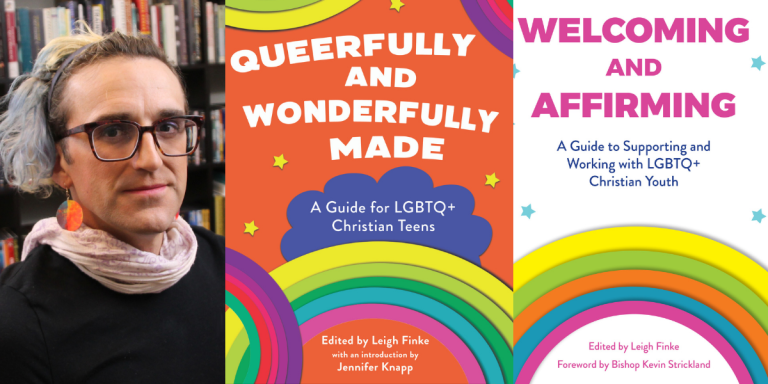book lists
Our Most Anticipated Queer Books for October 2025
Kayla Kumari Upadhyaya
Oct 7, 2025































